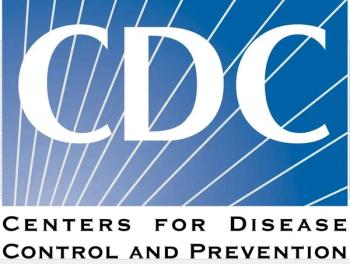
News|Slideshows|February 1, 2022
Omicron Subvariant BA.2: What We Know Now
Author(s)Grace Halsey
Known as BA.2, the new Omicron subvariant is now circulating at low levels in the US. What can you tell your patients? Here's what we know, now.
Advertisement
The COVID-19 Omicron subvariant, known as BA.2, is circulating in the US at "low levels," according to the Centers for Disease Control and Prevention. About half the states have confirmed its presence, with about 127 cases identified as of today.
But in Denmark the subvariant represents more than 80% of cases seen. Case numbers are creeping up in the UK, and BA.2 is becoming the dominant Omicron strain in the Philippines, Nepal, Qatar, and India.
While all data remain preliminary, they point to the potential for an infection that is even more transmissable than the original Omicron strain , BA.1, but not any more infectious. Following is a topline look at what we know now.
Newsletter
Enhance your clinical practice with the Patient Care newsletter, offering the latest evidence-based guidelines, diagnostic insights, and treatment strategies for primary care physicians.
Advertisement
Latest CME
Advertisement
Advertisement
Trending on Patient Care Online
1
FDA Approves GSK's Depimokimab for Severe Asthma with Th2 Inflammation, First Ultra-Long Acting Biologic
2
After ACIP Debate, CDC Modifies Longstanding Hepatitis B Birth Dose Recommendation
3
Colorectal Cancer Screening in 2025: What Changed, and What Didn't, with Mark Fendrick, MD
4
Key Advances in Mental Health Research in 2025 for Primary Care
5















































































































































































































































































